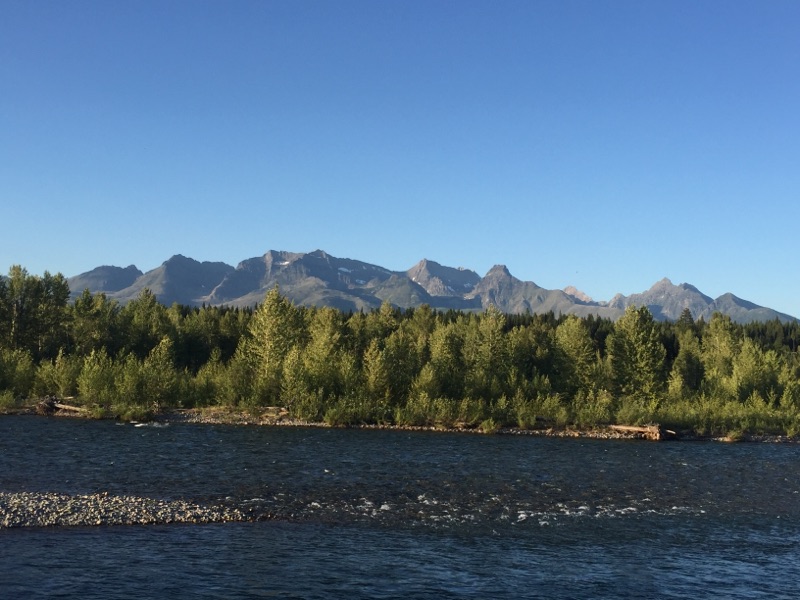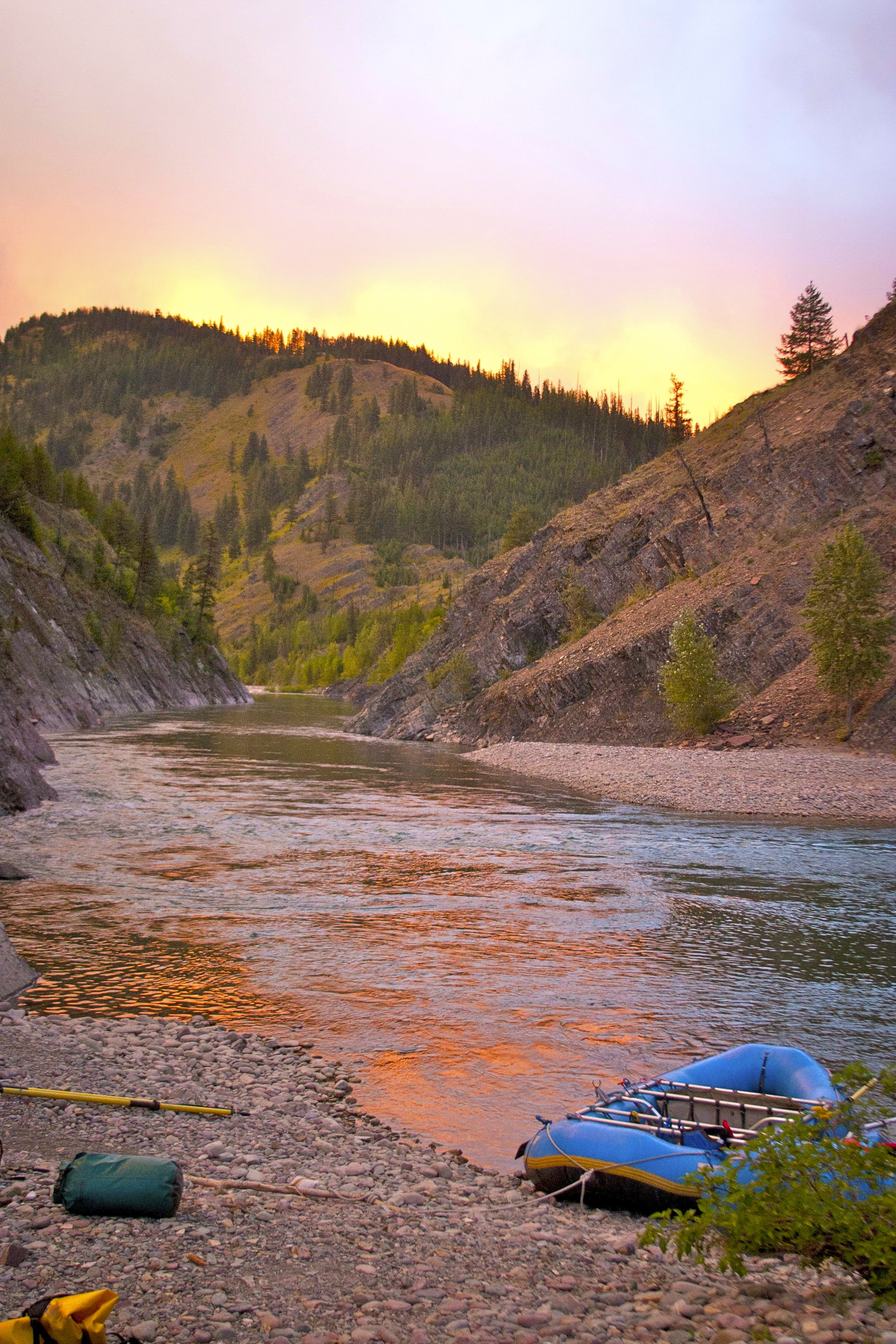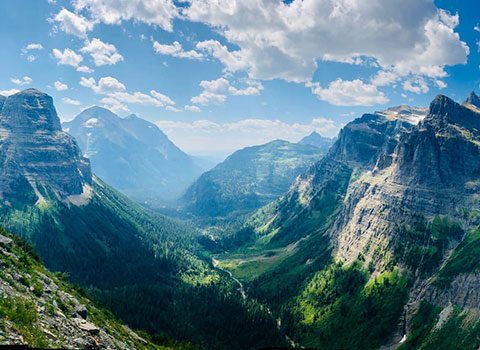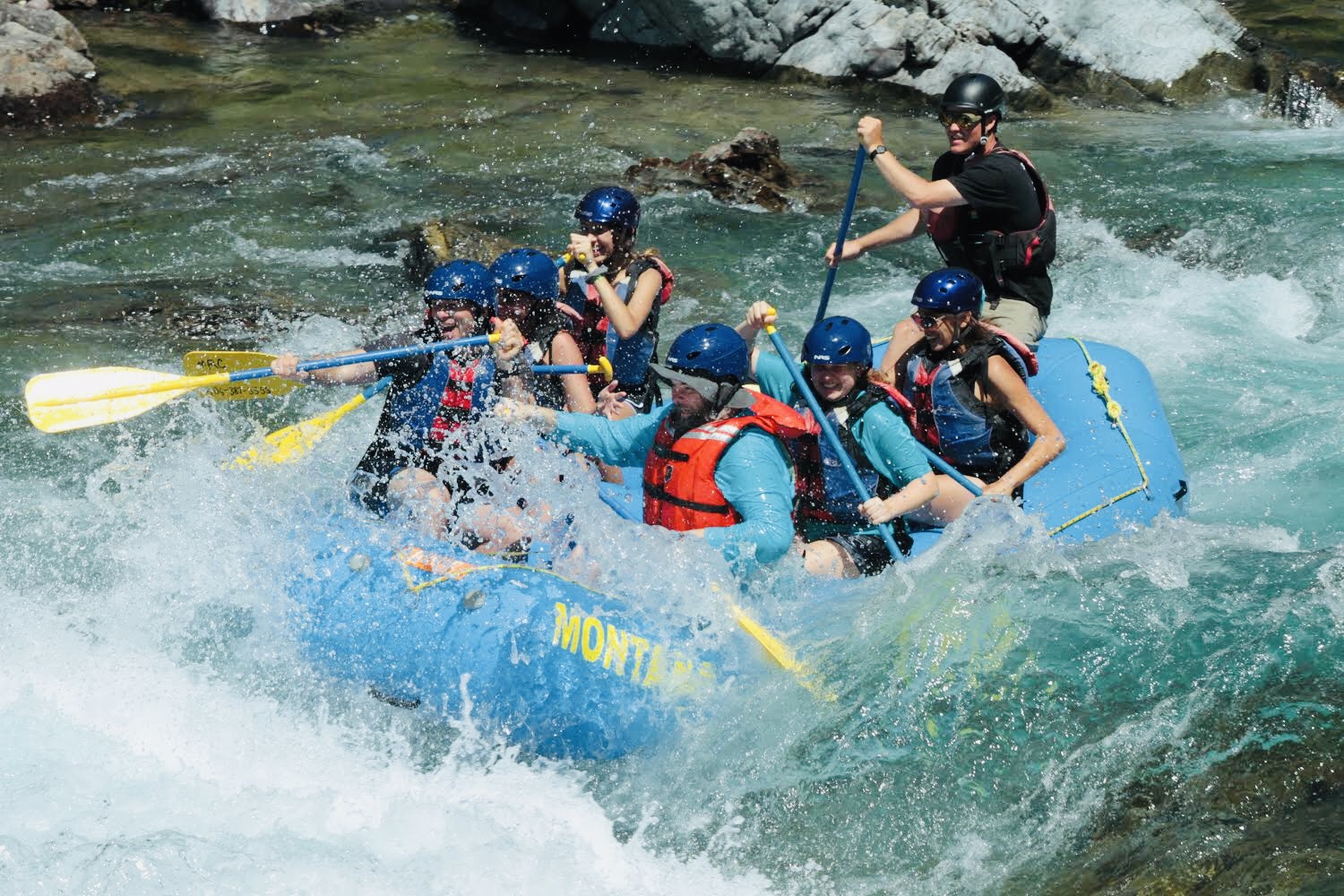Celebrating the 49th Anniversary of the Wild and Scenic Rivers Act
To experience the wild, the truly wild, you must visit Montana’s northwest corner, where the North Fork of the Flathead River winds it way along the western border of Glacier National Park, through pristine valleys and soaring peaks, to join the Middle Fork of the Flathead River, which forms Glacier’s southern border. These two rivers are protected as “Wild and Scenic Rivers” for their important biological functions and for their sheer beauty. The Wild and Scenic Rivers Act was signed into law on October 2, 1968, and reads in part:
It is hereby declared to be the policy of the United States that certain selected rivers of the Nation which, with their immediate environments, possess outstandingly remarkable scenic, recreational, geologic, fish and wildlife, historic, cultural or other similar values, shall be preserved in free-flowing condition, and that they and their immediate environments shall be protected for the benefit and enjoyment of present and future generations.

The Wild and Scenic North Fork of the Flathead River
The North Fork begins in the Flathead Valley of British Columbia and quickly crosses the border into Montana. The river occupies a vast tidal plain, which can be a turbulent array of whitecap waves during the spring run-off, when the river furiously hauls logs and snow melt to the main stem of the Flathead River. The rest of the year it is a Class 1-2 river, adhering to a peaceful meandering course that is beloved by the rafters and fishermen alike, who dangle their feet or their spinners into the cool water. Hundreds of snow capped peaks form a sharp contrast to the well worn stones along the river bank. Many biologists believe the North Fork is the wildest place in the lower 48, where bears, wolverines, lynx, and mountain lions behave naturally, unencumbered and unmodified by adaptations to human encroachment. The North Fork is also home to distinct native fish species that evolved during the last ice age, including the endangered bull trout.

The North Fork flows through a unique region in the lower 48 states where the ecosystem is still connected to the Canadian wilderness. Bears and wolves travel freely from the U.S. to Canada finding abundant food sources along the river plains, such as huckleberries and prey species. Driving to the river put-ins along the North Fork Road, you can’t help but notice its striking remoteness—the influence of roads or buildings is virtually non-existent, yet you are but two hours from an airport.

Glacier Guides and Montana Raft tied off on the North Fork of the Flathead River, on Glacier National Park’s western border.
The North Fork eventually reaches the confluence where it combines with another “Wild and Scenic” river, the Middle Fork of the Flathead. Not only is the Middle Fork scenic, it provides a healthy dose of adventure. Beginner and intermediate rafters, including kids, enjoy 38 miles of Class 2-3 rafting right along the edge of Glacier National Park. The river descends through a canyon past colossal boulders, remnants of the glaciers that once covered this area. Heavily forested mountains tower alongside the river and cutthroat trout can be seen eddying in deep blue pools. Red and green argillite stones make this one of the most colorful rivers in the United States.
The Wild and Scenic Middle Fork of the Flathead River
Once the Middle Fork reaches West Glacier, the entrance to Glacier National Park, it mellows, and enters what rafters call the scenic section. Here rafters rest, relax, and watch for bears coming to the river to drink clear, clean water. Neither the North Fork nor the Middle Fork have ever been dammed. Together, they flow through 3 million acres of protected land that forms Glacier National Park, the Bob Marshall Wilderness, and as a whole is referred to as the Northern Continental Divide Ecosystem. These rivers provide access to true backcountry, where roads cannot and should not go.

Celebrating Wild and Scenic Rivers Act!
Today, October 2, 2017, marks the 49th anniversary of the Wild and Scenic Rivers Act. We are grateful for its protections, and looking forward to celebrating its 50th anniversary in 2018! On the river, of course.
–Submitted by former Glacier Guide and Climate Ride Co-Founder Caeli Quinn


